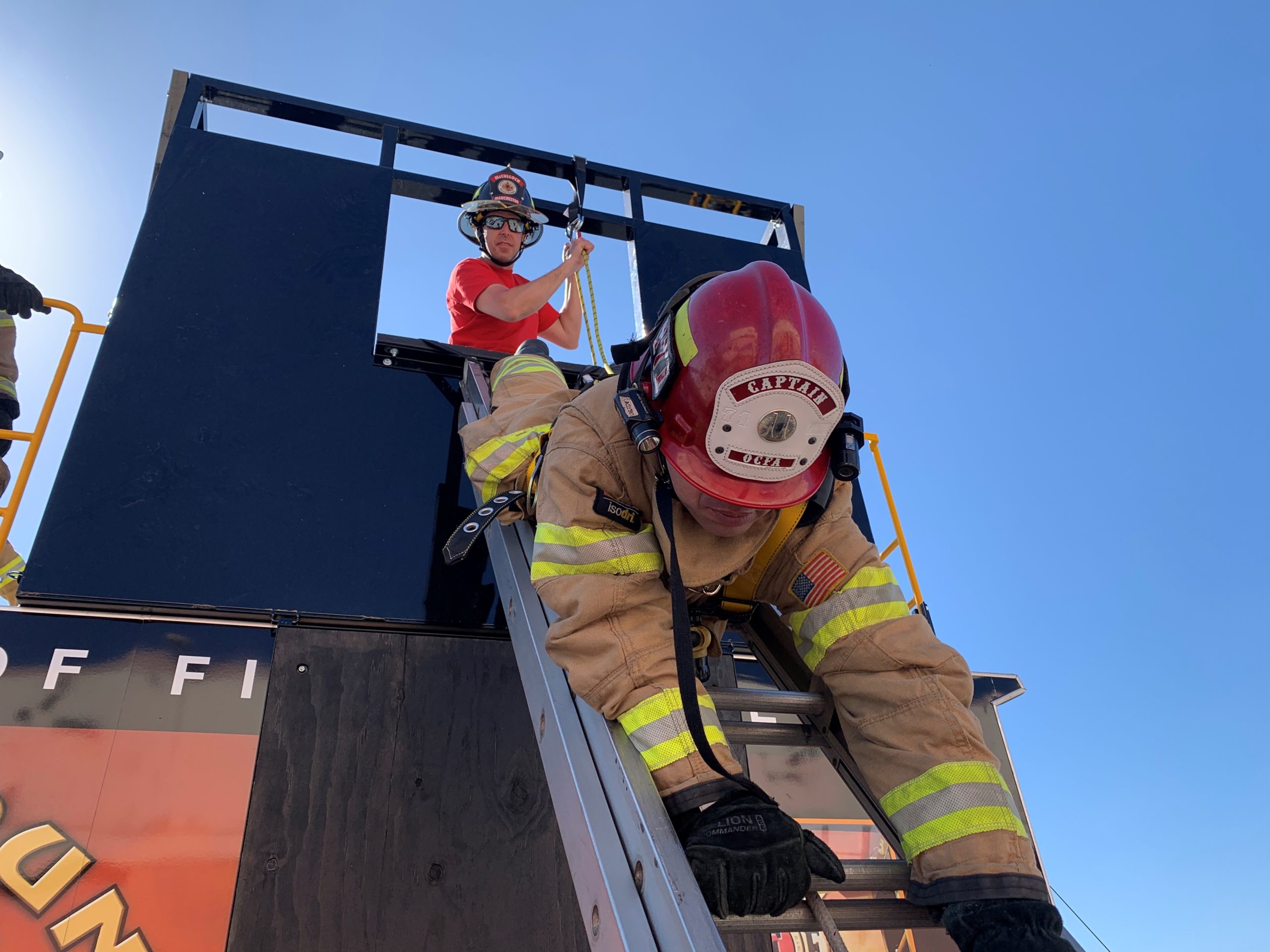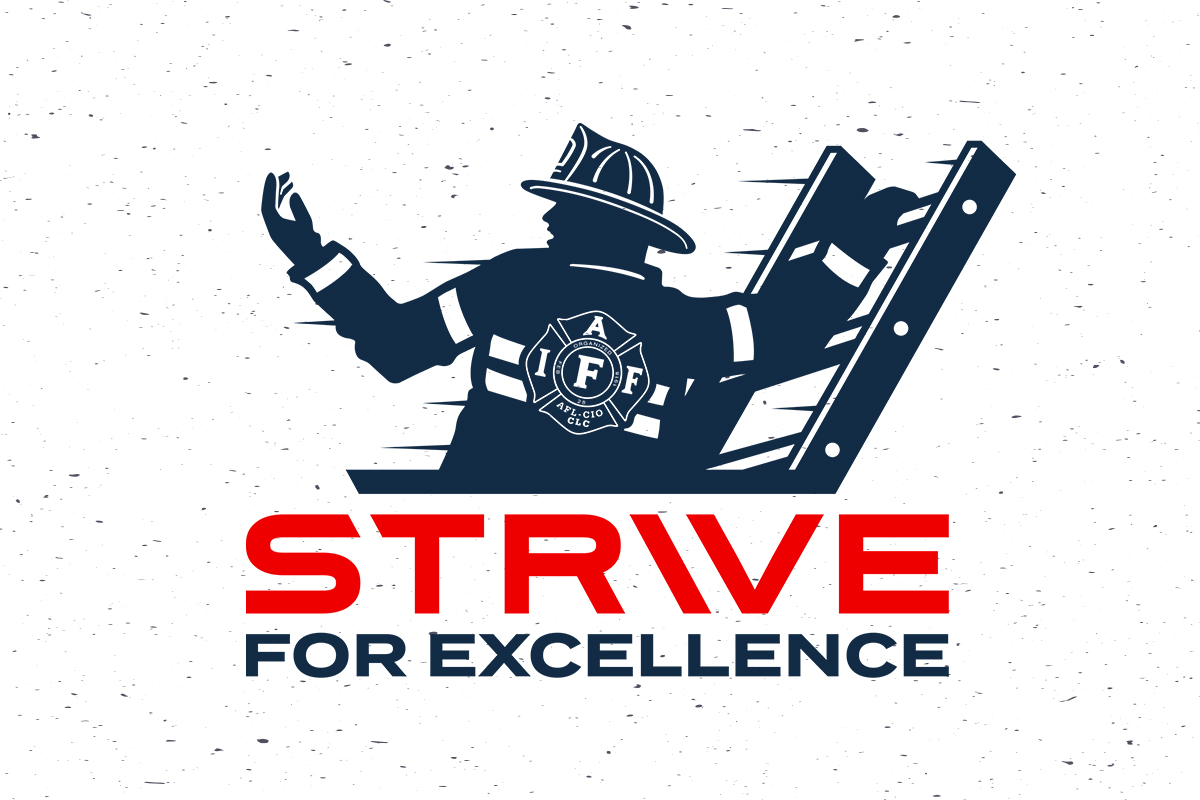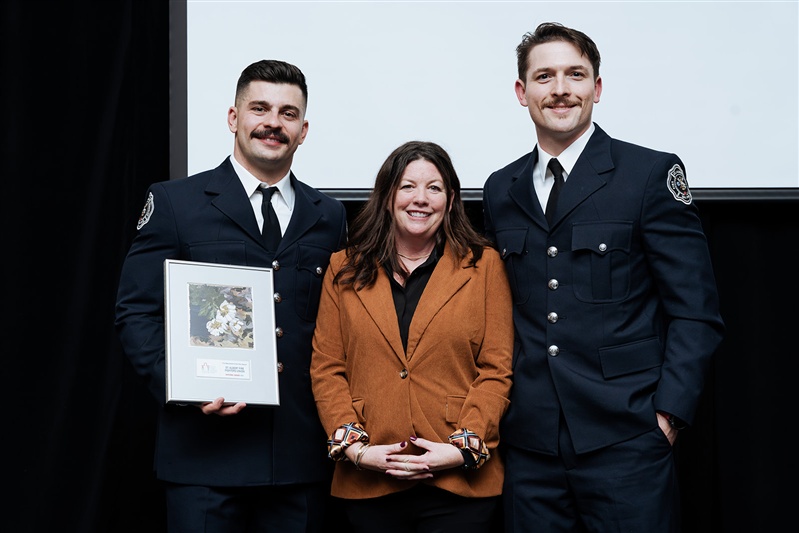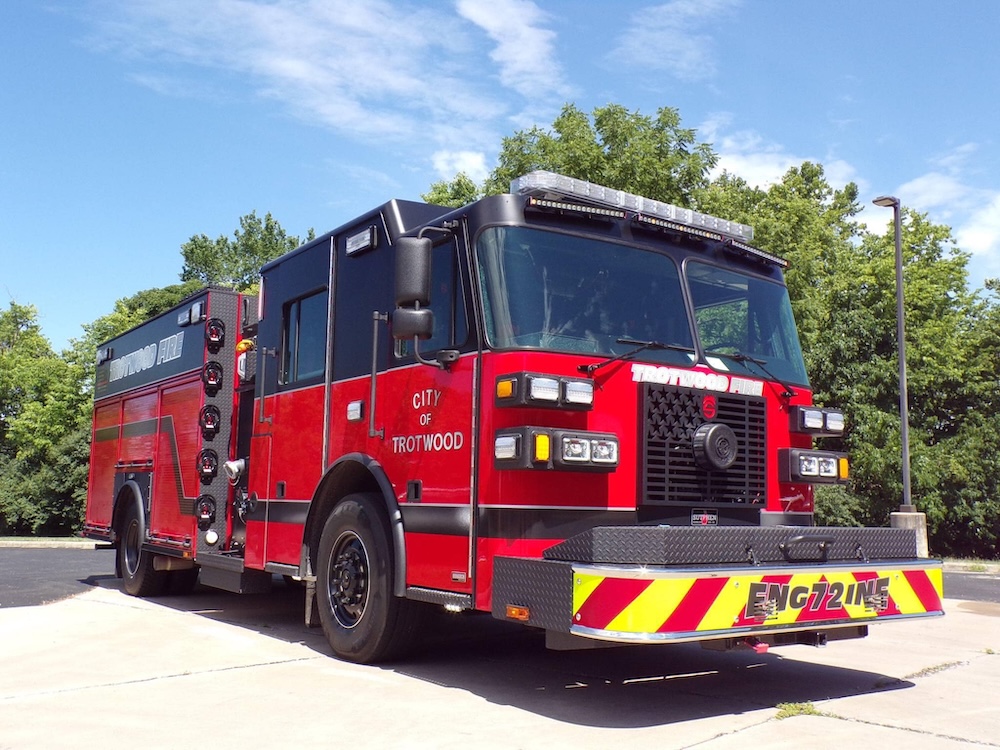Mayday events have increased 35% during the COVID-19 pandemic and recent civil unrest, according to Don Abbott, former assistant fire chief of the Warren Township (Indiana) Fire Department, who has pioneered the study of thousands of Mayday events, including video, radio traffic and surveys dating back to 2015.
Abbott and his team of researchers studied Maydays reported by career departments over the 13-week period ending July 4, 2020. Their findings provide valuable insight into fire fighter safety and fire ground operations.
Interviews conducted with 156 Mayday survivors indicate that fire fighters, paramedics and emergency medical personnel are working excessive hours due to COVID-19, civil unrest and ongoing staffing shortages. In one Mayday incident, the involved fire fighter was working his 71st consecutive hour of duty. In fact, 39% of Maydays in the study period were among fire fighters operating as part of an understaffed crew.
These findings serve as a significant warning that the continued issue of inadequate staffing and personnel working in excess of normally scheduled hours and assignments increase the likelihood of Mayday events.
Other findings include:
- The number-one reason for calling a Mayday was losing contact with the hose line and becoming lost or separated from the fire fighter’s crew
- 81% of Maydays occurred between 9:00 p.m. and 6:00 a.m.
- 77% of the Maydays involved fire fighters working hours outside of their regularly scheduled shift; 23% had worked for 60 consecutive hours and 17% had worked for more than 72 consecutive hours
- Fatigue contributed to reduced situational awareness (not remembering incident details such as address and call type) and reduced the ability to manage breathing air use
- 43% of fire fighters who called the Mayday reported difficulty sleeping before the Mayday event
Fire fighters need adequate rest (on and off duty) and must be physically, mentally and emotionally able to perform the job. It’s the responsibility of fire department leadership, elected officials and other decision makers to ensure that preparedness, staffing and resources are based on reality, nationally recognized standards and policies.
Fire fighter self-survival and Mayday training is key to survivability for fire fighters. Abbott and his team’s fire fighter-based research includes Mayday causes and effects to help better train and prepare fire fighters. Learn more about the Mayday Project
Chief Abbott has addressed IAFF Fire Ground Survival (FGS) instructors, and his research is used in FGS program revisions.
Learn more about the IAFF Fire Ground Survival Program. Information on applying for grants to receive IAFF FGS training is here.
Other Resources:
Fire Fighter Sleep Disorders Podcast (Dr. Sara Jahnke, IAFC SHS)
Video: IAFF Health Effects of Sleep Deprivation (Dr. Stefanos Kales, Harvard University)



